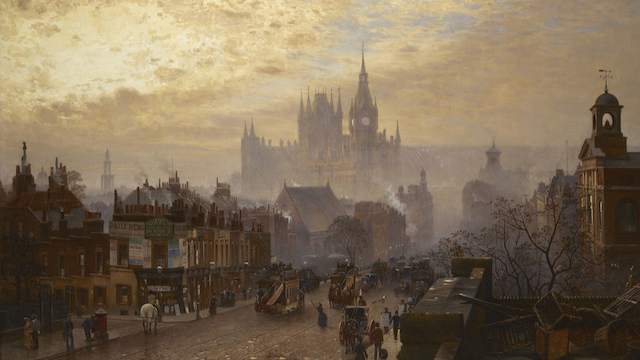
September 26, 1879: At 2:00 am, Reginald Musgrave found Brunton reading the family ritual. [MUSG]
[This is one of my favorite cases. I love the family ritual. It appeals to me, “the man who is half a boy”. -Chips]
Brunton, the butler, was in the library. He was sitting, fully dressed, in an easy-chair, with a slip of paper which looked lake a map upon his knee, and his forehead sunk forward upon his hand in deep thought. I stood dumb with astonishment, watching him from the darkness. A small taper on the edge of the table shed a feeble light which sufficed to show me that he was fully dressed. Suddenly, as I looked, he rose from his chair, and walking over to a bureau at the side, he unlocked it and drew out one of the drawers. From this he took a paper, and returning to his seat he flattened it out beside the taper on the edge of the table, and began to study it with minute attention.

September 26, 1900: An anonymous warning letter to Sir Henry Baskerville arrived at the Northumberland Hotel. [HOUN]
Out of the envelope he took a half-sheet of foolscap paper folded into four. This he opened and spread flat upon the table. Across the middle of it a single sentence had been formed by the expedient of pasting printed words upon it. It ran: “As you value your life or your reason keep away from the moor.” The word “moor” only was printed in ink.
“Now,” said Sir Henry Baskerville, “perhaps you will tell me, Mr. Holmes, what in thunder is the meaning of that, and who it is that takes so much interest in my affairs?”
September 26, 1902: The Morning Post announced the de Merville-Gruner marriage would not take place. [ILLU]
I do not know how the incriminating book was used. Sir James may have managed it. Or it is more probable that so delicate a task was entrusted to the young lady’s father. The effect, at any rate, was all that could be desired.
Three days later appeared a paragraph in The Morning Post to say that the marriage between Baron Adelbert Gruner and Miss Violet de Merville would not take place.










